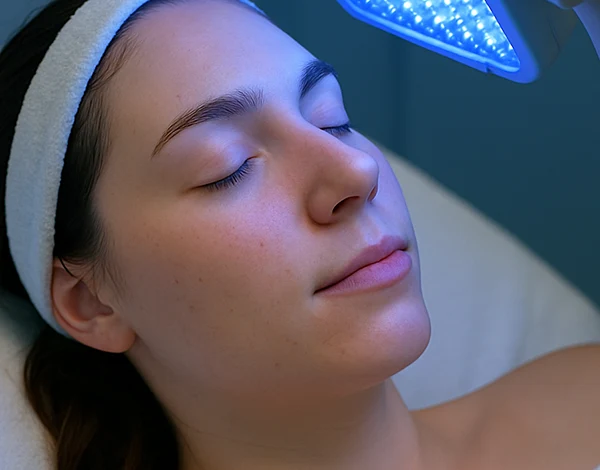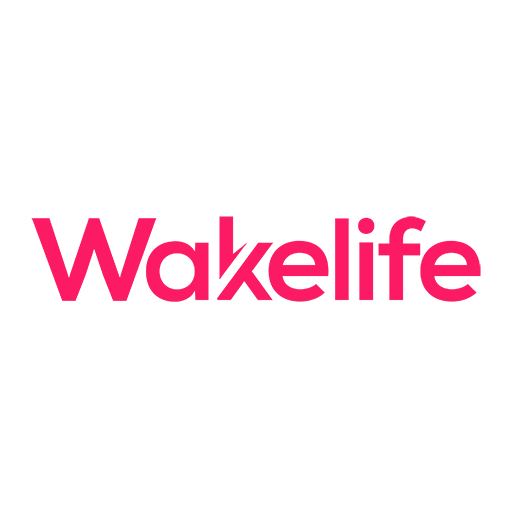Hoe behandelt lichttherapie acne?
Acne is one of the most common skin conditions worldwide, affecting people of all ages. While often associated with adolescence, it can persist into adulthood or even appear for the first time later in life.
Traditional treatments such as topical creams, oral antibiotics, and isotretinoin have long been used to manage acne. Echter, these methods may come with side effects like dryness, irritation, or antibiotic resistance. Als resultaat, more people are turning to non-invasive alternatives — and light therapy has emerged as a promising option.
Light therapy offers a safe and effective way to treat mild to moderate acne without systemic side effects. It uses specific wavelengths of light to target acne-causing bacteria and reduce inflammation, making it an attractive choice for both clinical and home use.
The Science Behind Light Therapy for Acne

Light therapy works by using different wavelengths of visible light that penetrate the skin at varying depths and trigger biological responses. The most commonly used wavelengths for acne treatment are blue light (rondom 415 nm), rood licht (630–660 nm), and combinations of both.
Blauw licht (415 nm): Targeting Acne-Causing Bacteria
Blue light is particularly effective against Cutibacterium acnes, the primary bacteria responsible for inflammatory acne.
This wavelength excites naturally occurring porphyrins within the bacteria, triggering a reaction that produces reactive oxygen species. These substances are toxic to the bacteria, killing them without causing resistance. This makes blue light a sustainable and targeted treatment option.
Rood licht (630–660 nm): Reducing Inflammation and Promoting Healing
While blue light focuses on eliminating bacteria, red light helps reduce inflammation and supports tissue repair.
Red light penetrates deeper into the skin than blue light. It stimulates fibroblasts — the cells responsible for producing collagen — which helps reduce redness, zwelling, and post-acne marks while accelerating wound healing.
Combined Red and Blue Light Therapy
Combining red and blue light therapy is often the most effective approach for treating mild to moderate acne.
Blue light kills the bacteria that cause breakouts, while red light reduces inflammation and supports skin recovery. Together, they provide a dual-action solution that improves overall skin appearance and helps prevent scarring.
This method is widely used in dermatology clinics and is increasingly available in home-use LED devices.
Scientific Evidence Supporting Light Therapy
A number of peer-reviewed studies have demonstrated the effectiveness of light therapy in treating acne. Below are some key findings:
Gold MH et al., 2009
“Clinical Efficacy of Home-Use Blue Light Therapy for Mild-to-Moderate Acne“
Tijdschrift voor klinische en esthetische dermatologie
➜ Patients experienced a significant reduction in acne lesions after four weeks of daily blue light treatment.Papageorgiou P et al., 2000
“Phototherapy with Blue (415 nm) and Red (660 nm) Light in the Treatment of Acne Vulgaris“
British Journal of Dermatology
➜ Combination therapy led to noticeable improvements in acne severity over a 12-week period.Tzung TY et al., 2004
“Blue Light Phototherapy in the Treatment of Acne“
Fotodermatologie, Foto-immunologie & Fotogeneeskunde
➜ Blue light was confirmed to be an effective and well-tolerated treatment for mild to moderate acne.
These studies offer strong scientific support for the use of light therapy in managing acne, especially when used consistently over several weeks.
When NOT to Use Light Therapy
Despite its benefits, light therapy is not suitable for everyone. Some skin conditions and health factors require professional medical attention instead of self-treatment.
Rosacea
Rosacea is a chronic condition characterized by facial redness, visible blood vessels, and sometimes acne-like breakouts. Unlike regular acne, rosacea involves vascular and immune system dysfunction.
Light exposure, especially intense pulsed light (IPL), can worsen symptoms such as flushing and redness. Although LED-based blue and red light therapy is generally milder, it should still be used with caution.
If you suspect you have rosacea, consult a dermatologist before trying any light-based treatment.
Severe Cystic Acne
Deep, painful cysts and nodules indicate severe acne, which usually requires prescription medications such as oral isotretinoin or corticosteroid injections.
Light therapy cannot penetrate deeply enough to treat large cystic lesions effectively. While it may help maintain clear skin after medical treatment, it is unlikely to resolve severe cases on its own.
Active Skin Diseases or Autoimmune Conditions
Conditions such as eczema, psoriasis, lupus, and vitiligo may be triggered or worsened by light exposure.
Avoid light therapy if you are experiencing flare-ups or have a history of photosensitivity. Always consult your doctor before starting any new treatment.
Photosensitive Medications or UV Sensitivity
Some medications increase sensitivity to light, inbegrepen:
- Tetracycline antibiotics
- Isotretinoin
- Certain antidepressants and diuretics
Using light therapy while on these medications could lead to burns, uitslag, or other adverse reactions.
Pregnancy
During pregnancy, hormonal changes can make the skin more sensitive and prone to hyperpigmentation, such as melasma (also known as chloasma).
Although there is limited research on the safety of light therapy during pregnancy, it’s best to proceed with caution. Light therapy may potentially worsen pigmentation issues due to increased melanin activity.
Pregnant women are advised to consult their healthcare provider before using any light therapy device.
Safety and Usage Guidelines
Light therapy using LED technology is generally safe and well tolerated when used correctly.
Here are some practical tips for safe use:
- Choose FDA-cleared or medically reviewed devices.
- Avoid direct eye exposure; wear protective goggles if provided.
- Begin met korte sessies (Bijv., 10–15 minutes) and gradually increase as needed.
- Follow the manufacturer’s instructions for frequency and duration.
For best results, use the device 2–3 times per week for at least 8–12 weeks. Combining light therapy with a gentle skincare routine can further enhance outcomes.

